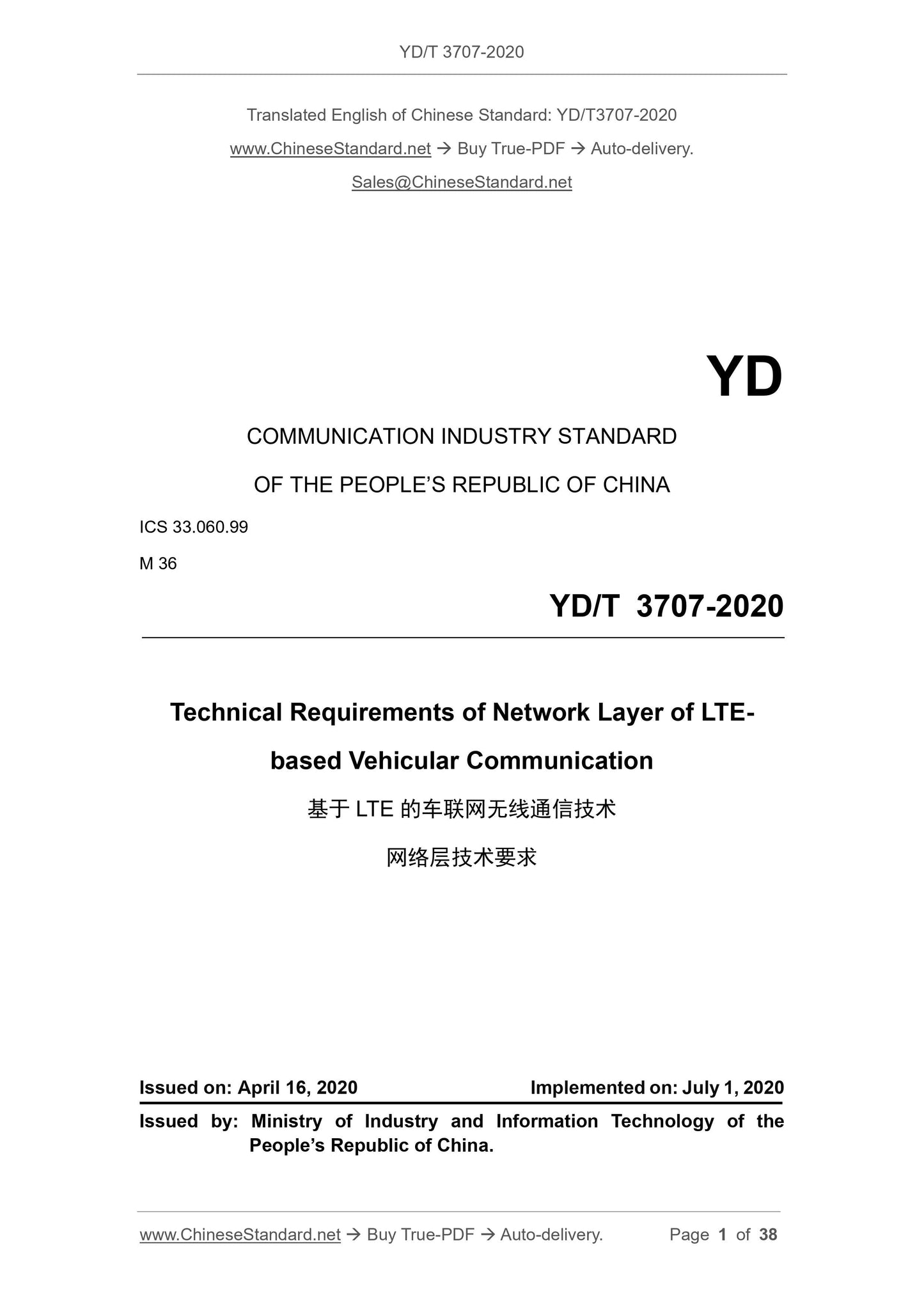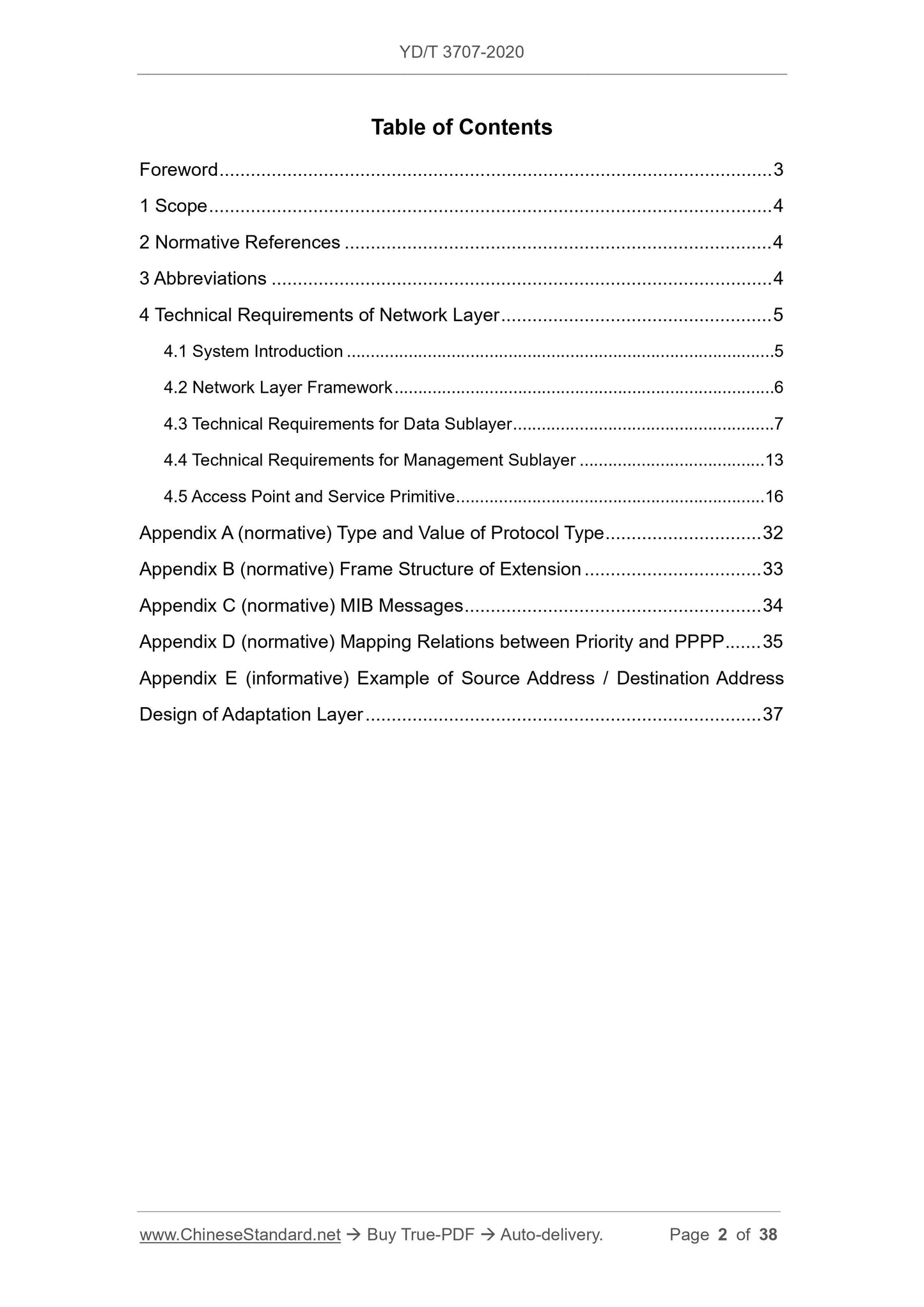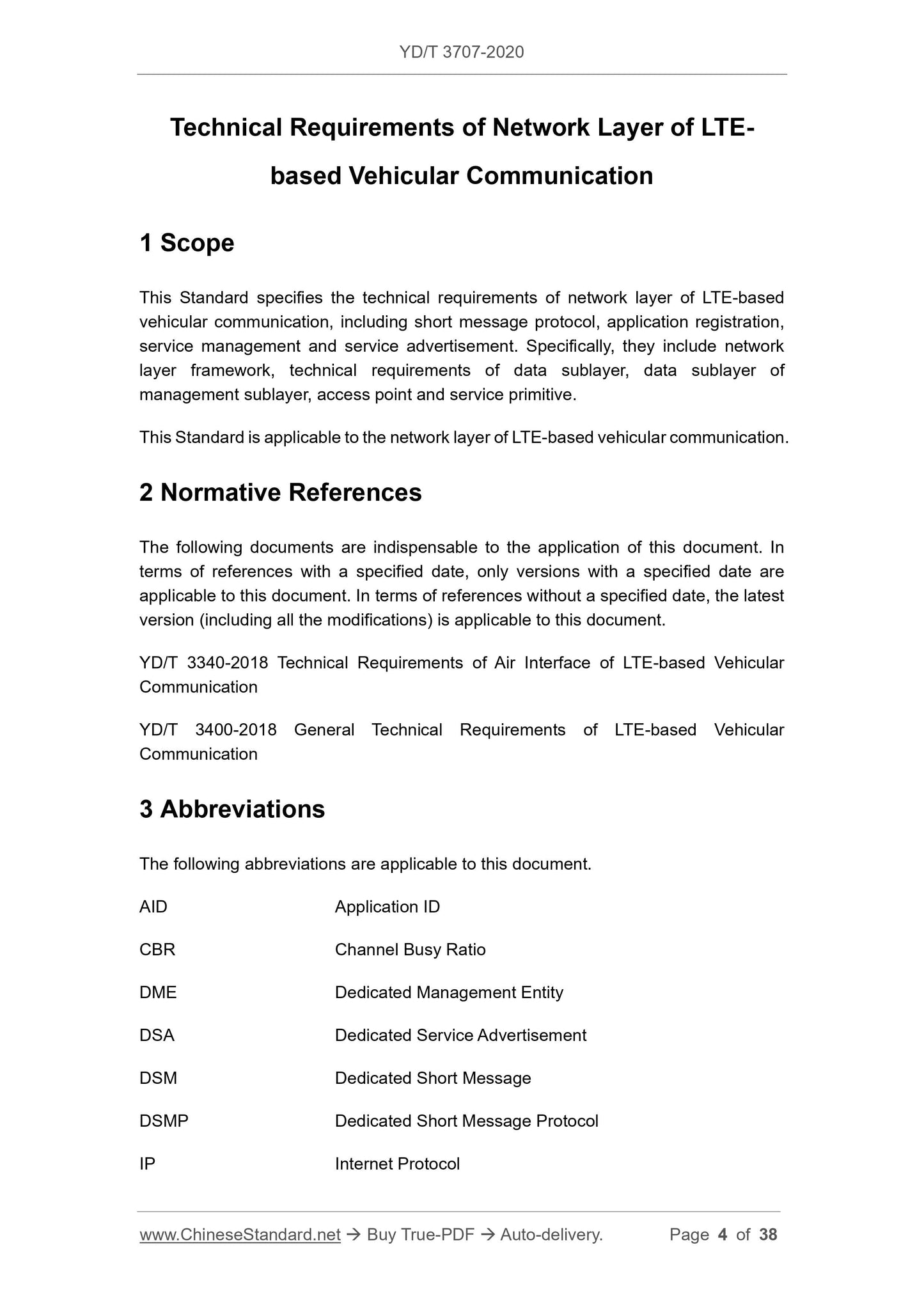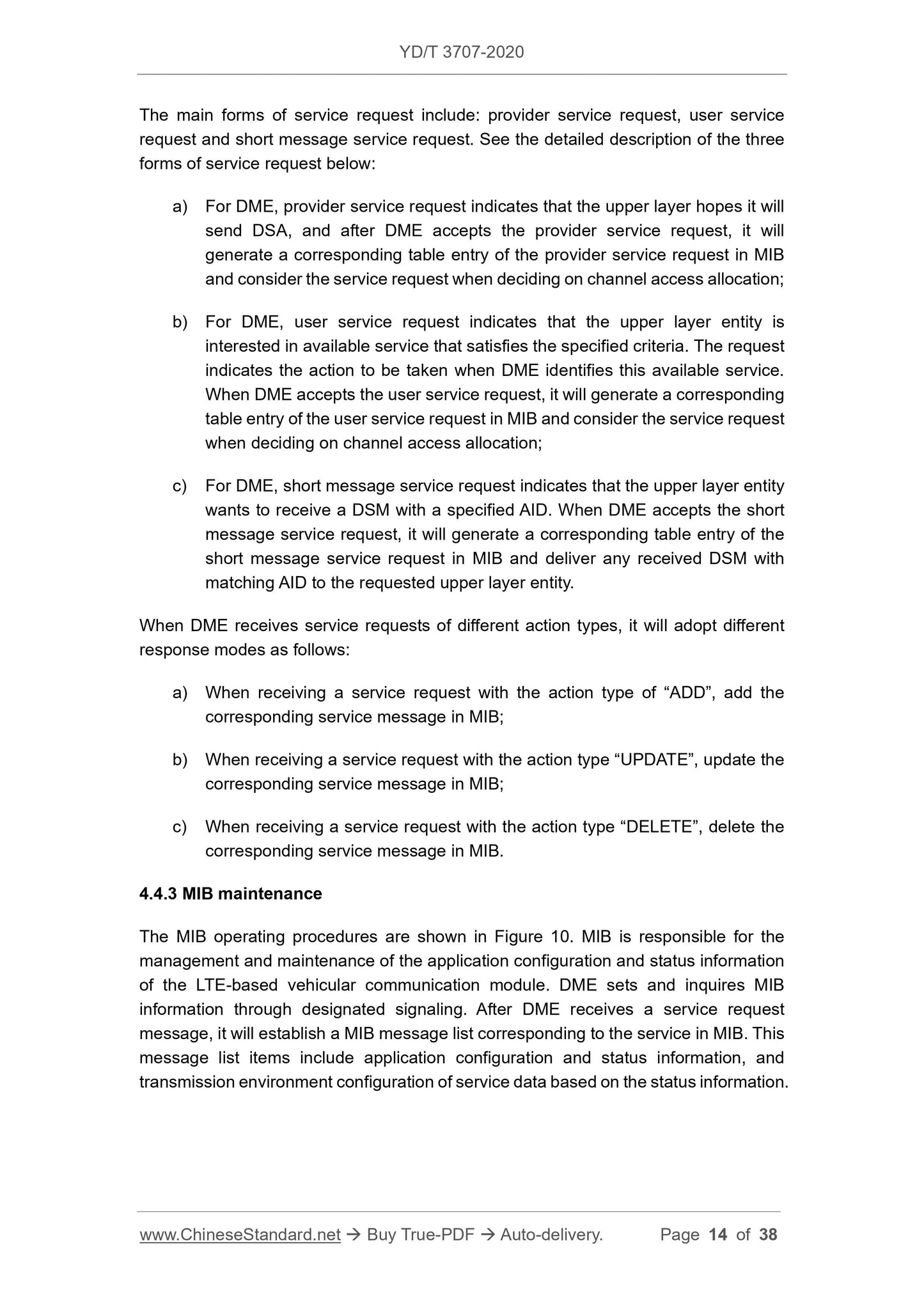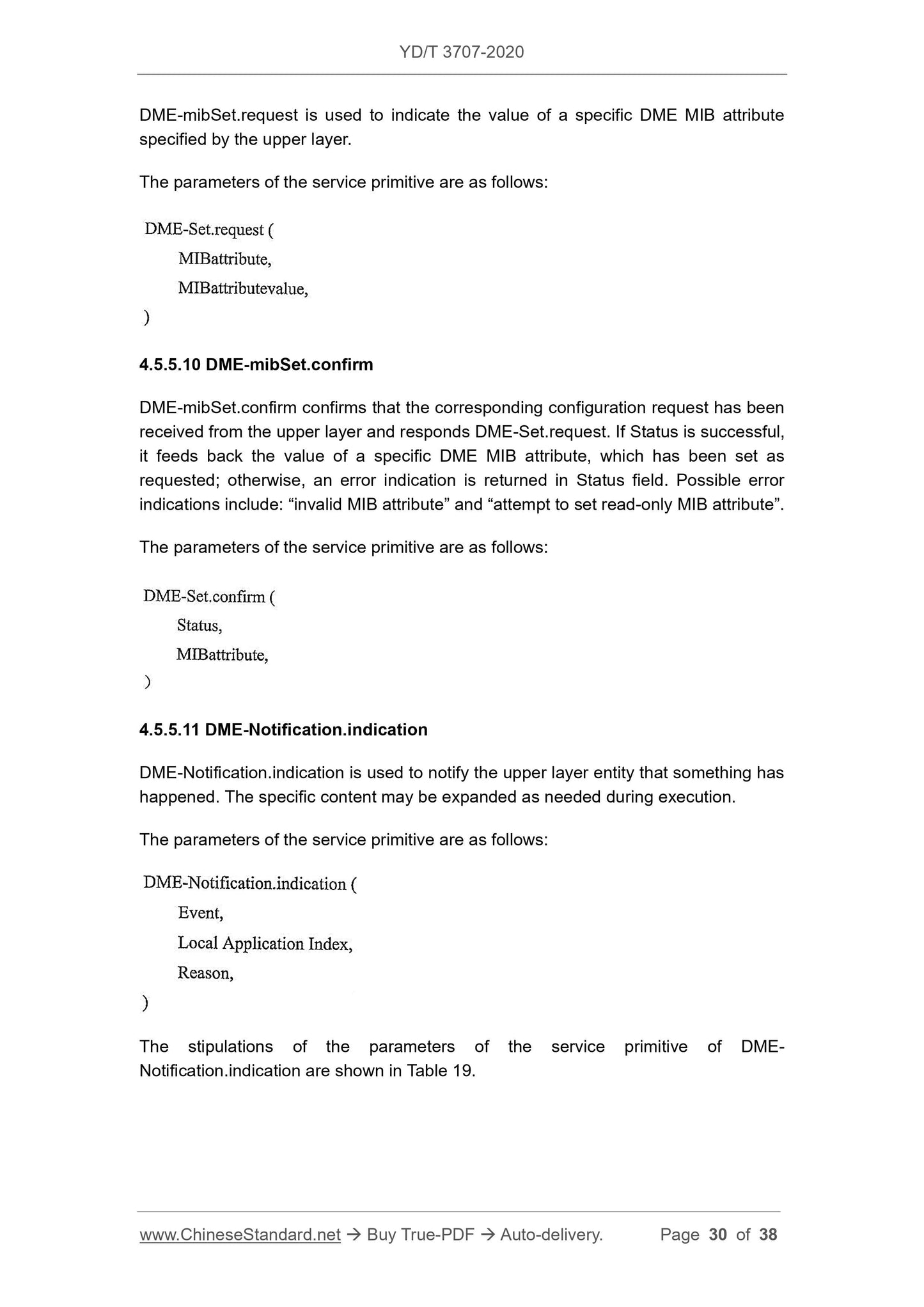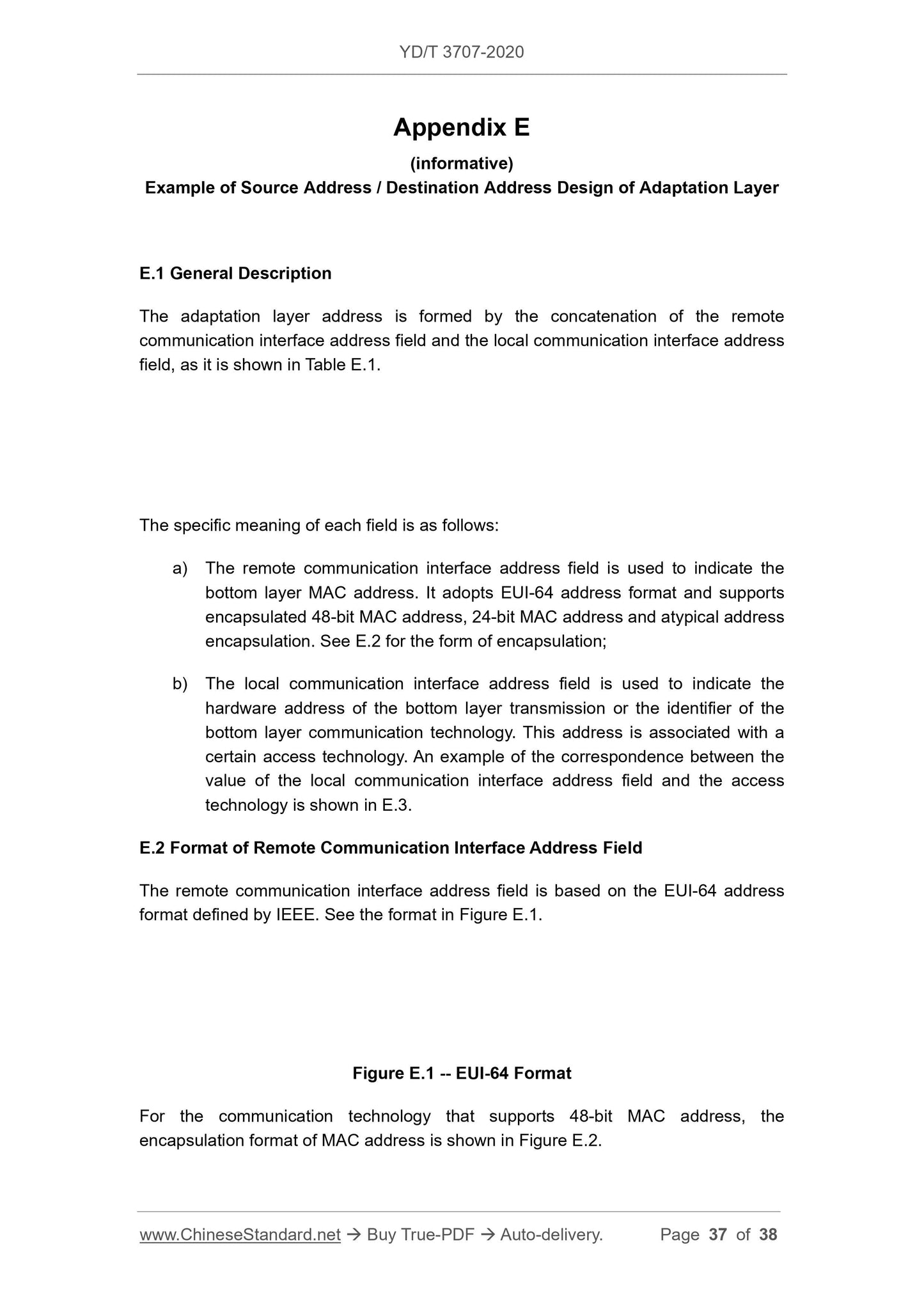1
/
of
6
www.ChineseStandard.us -- Field Test Asia Pte. Ltd.
YD/T 3707-2020 English PDF (YD/T3707-2020)
YD/T 3707-2020 English PDF (YD/T3707-2020)
Regular price
$505.00
Regular price
Sale price
$505.00
Unit price
/
per
Shipping calculated at checkout.
Couldn't load pickup availability
YD/T 3707-2020: Technical requirements of network layer of LTE-based vehicular communication
Delivery: 9 seconds. Download (and Email) true-PDF + Invoice.Get Quotation: Click YD/T 3707-2020 (Self-service in 1-minute)
Newer / historical versions: YD/T 3707-2020
Preview True-PDF
Scope
This Standard specifies the technical requirements of network layer of LTE-basedvehicular communication, including short message protocol, application registration,
service management and service advertisement. Specifically, they include network
layer framework, technical requirements of data sublayer, data sublayer of
management sublayer, access point and service primitive.
This Standard is applicable to the network layer of LTE-based vehicular communication.
Basic Data
| Standard ID | YD/T 3707-2020 (YD/T3707-2020) |
| Description (Translated English) | Technical requirements of network layer of LTE-based vehicular communication |
| Sector / Industry | Telecommunication Industry Standard (Recommended) |
| Classification of Chinese Standard | M36 |
| Classification of International Standard | 33.060.99 |
| Word Count Estimation | 31,330 |
| Date of Issue | 2020 |
| Date of Implementation | 2020-07-01 |
| Issuing agency(ies) | Ministry of Industry and Information Technology |
| Summary | This standard specifies the network layer technical requirements for LTE-based IoV wireless communication technology, including short message protocol, application registration, service management and service announcement. Specifically, it includes the framework of the network layer, the technical requirements of the data sublayer, the technical requirements of the management sublayer, and the access points and service primitives. This standard applies to the network layer of the LTE-based vehicle networking wireless communication technology. |
Share
